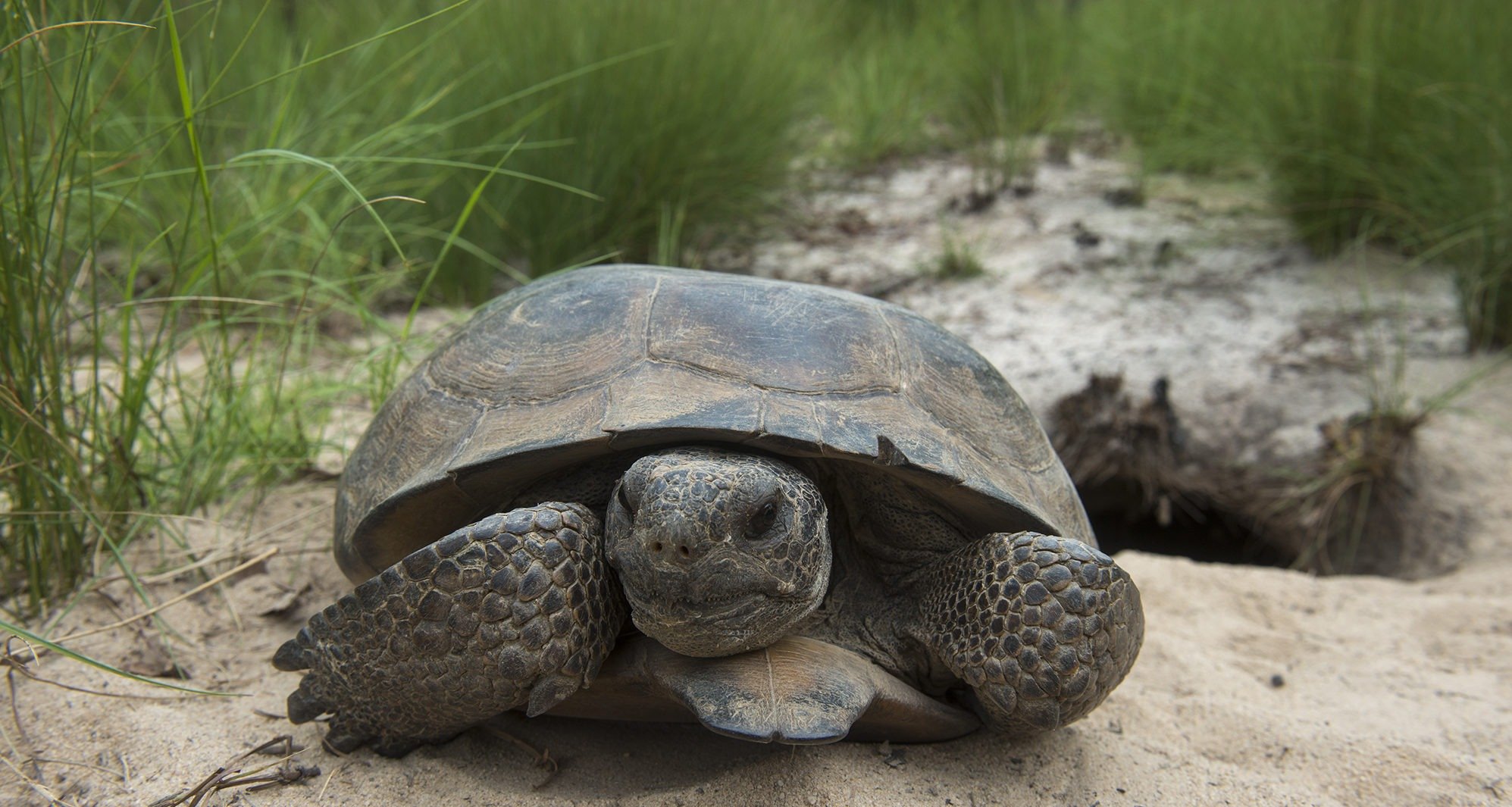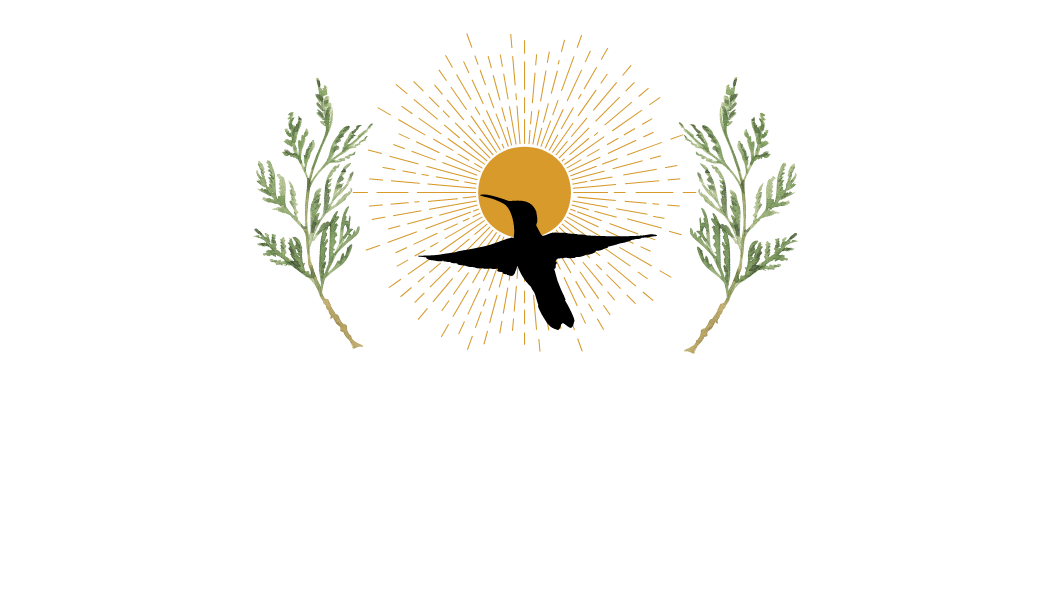



Protecting Keystone and Endangered Species
A keystone species is defined as: a species on which other species in an ecosystem largely depend, such that if it were removed the ecosystem would change drastically.
At Hummingbird Springs we have encountered the Gopher Tortoise (Gopherus polyphemus), which is listed as a threatened species, and is a keystone species along the gulf coast. So far we have located 11 gopher tortoise burrows on the farm. Gopher Tortoise burrows provide habitat and shelter for hundreds of other species, some of which are rare or endangered, including the federally threated Eastern indigo snake, foxes, bobcats, rabbits, and bobwhite quail. Some species, such as the gopher frog, specifically use burrows dug by gopher tortoises and other species for habitat. Several species of insects are found nowhere else in the world but inside gopher tortoise burrows, including the gopher tortoise hister beetle (Chelyoxenus xerobatis) and the gopher tortoise burrow fly (Eutrichota gopheri). This is why the Gopher Tortoise is considered a keystone species. We mark and protect every Gopher Tortoise burrow that we find. If enough burrows are found, the state of Alabama can assist in preservation of the Gopher Tortoise by offering cost-share for habitat management, and incentives for habitat management like prescribed burning.
In addition to the gopher tortoise, we have also encountered the protected Florida Pine Snake (Pituophus melanolecus mugitus), and Eastern Diamondback Rattlesnake (Crotalus adamanteus) on the farm. We would like for the farm to become a haven for flora and fauna native to the region, as more of the surrounding land is developed, farmed or clear-cut.

